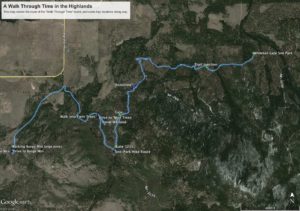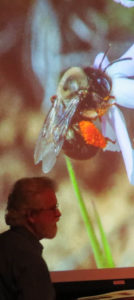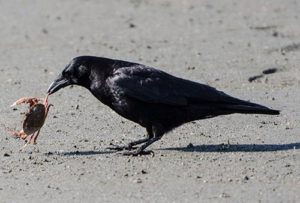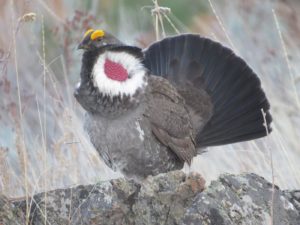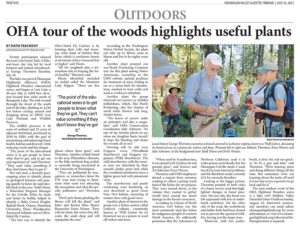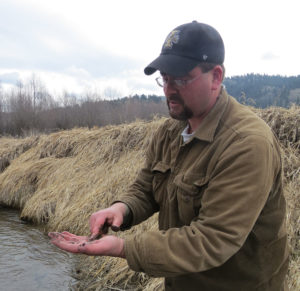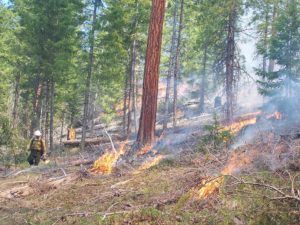Dragonfly Field Trip
Dragonflies and damselflies are often called birdwatchers’ insects. Active and brilliantly colored, these four-winged predators fly everywhere over pristine wetlands. Their very different-looking larvae are dominant predators in the water below. They have the best vision and the most versatile flight of any insects, and their sex life is similarly superlative.
